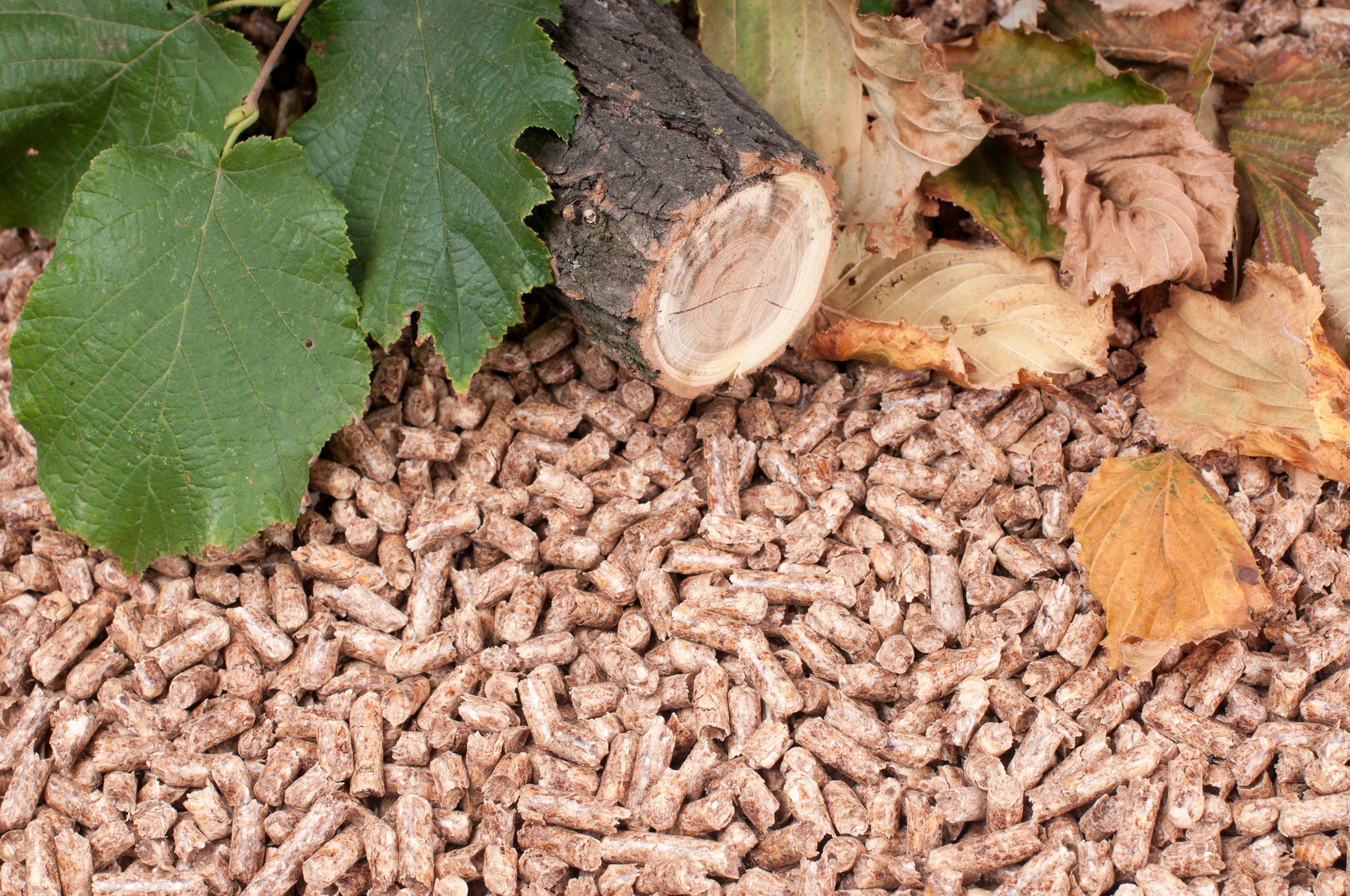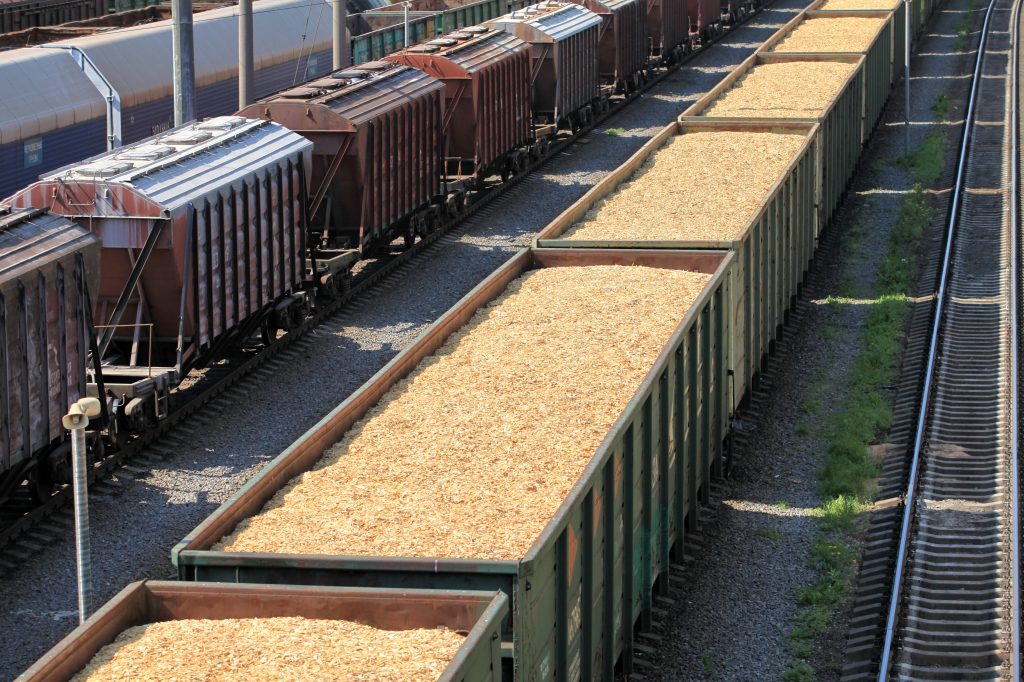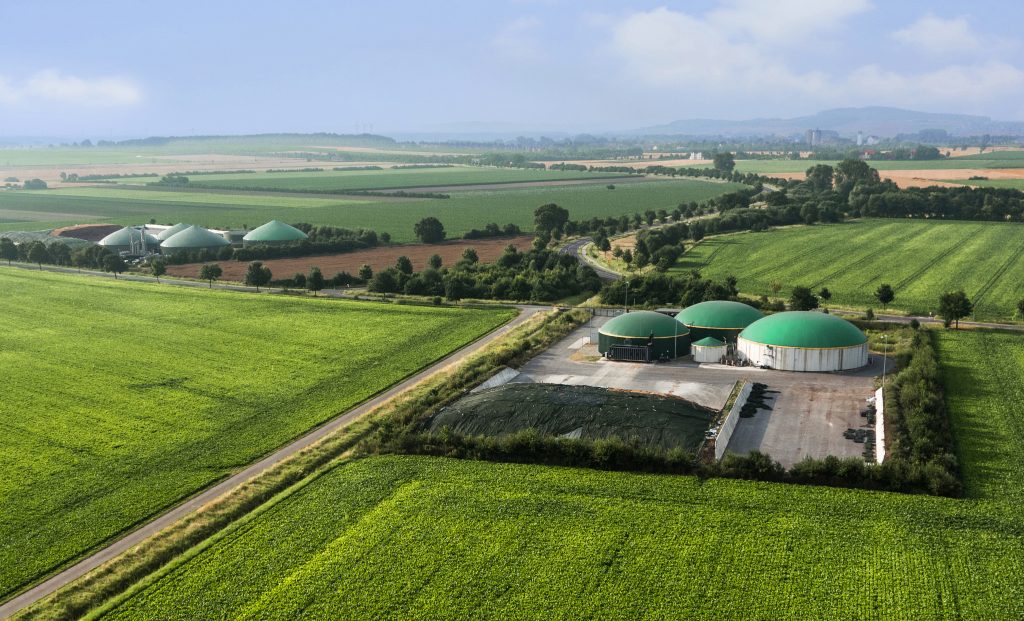Waste vs Residues vs Co-Products in Sustainable Biomass Certification

With each iteration, the aim of the European Commission’s Renewable Energy Directives (RED) has been unwavering – to make the energy production supply chain more sustainable. However, when applied to the biomass industry, this does not merely apply to cultivated raw materials.
Waste and residues play a crucial role in helping the EC achieve its objectives. In 2023, approximately 35 million tonnes of waste and residues were certified as sustainable raw materials under ISCC EU[1] – a globally recognized certification that directly aligns with RED III’s objectives.
Beyond the regulatory mandate, there are also significant benefits to ensuring waste and residues within your supply chain are sustainable. From supporting the circular economy in a way that resonates with today’s more environmentally conscious consumer to benefiting from the economic incentives afforded by some EU member states, certifying your waste and residues as sustainable under a system like ISCC EU can bring significant financial and reputational advantages.
However, before these materials can become certified, they must first be accurately classified. While this may seem like a straightforward task, applying the definitions to real-world scenarios often presents biomass companies with unexpected challenges and grey areas.
In this insight, we’ll take a closer look at the current definitions, explore the complexities and questions that can arise from their application, and highlight how a certification body like Control Union can help clarify the process.

The Complexity of Waste and Residues in Sustainable Certification
The definitions of waste and residues are set out in the Waste Framework Directive (2008/98/EC). It defines waste as “any substance or object which the holder discards or intends or is required to discard.”[1] However, it excludes “substances that have been intentionally modified or contaminated in order to meet this definition.”[2] Examples include used cooking oil, food waste, waste wood, and municipal waste.
Residues, in contrast, are defined as substances that are not the end products that a production process directly seeks to create, i.e. it is not the primary aim, and the process has not been deliberately modified to produce the substance. In addition, residues fall under two categories: aquaculture, fisheries & forestry residues, and processing residues.
At first glance, the definitions appear to be self-explanatory. However, issues arise when you begin to run everyday examples through them. For example, husks and empty corn cobs can be generated either at the farm or at a downstream processing unit, making it difficult to determine whether they should be classified as agricultural residues or processing residues.
This is an important distinction to make under the Renewable Energy Directive (EU) 2023/2413, as agricultural residues must comply with the directive’s stricter criteria on cultivating sustainable biomass, whereas processing residues are not subject to the same scrutiny.

Residues vs Co-Products in the Biomass Supply Chain
Muddying the waters further, the definitions of residues and co-products also have the potential to leave too much to interpretation and for incorrect classifications to impact negatively impact proper certification.
Co-products, according to RED II, play a more significant role than residues in the production process as they carry value for the producer despite not being their primary focus. This can include materials such as rapeseed meal (a co-product of rapeseed oil) and molasses (a co-product of sugar production), both of which can be sold to the animal feed sector.
Under the EC’s regulations, co-products do not qualify as waste or processing residues, meaning they will be subject to the stricter sustainability criteria and targets of RED III. However, classifying co-products is not cut and dry in all cases. For example, residues from a production process may be capable of becoming fertilizer, albeit incidentally. Therefore, this “residue” carries the necessary value to potentially be construed as a co-product, even when it was not the sole aim of the production process.
Clarification for the Purposes of Biomass Certification
The Renewable Energy Directive defines key terms such as waste, residues, and co-products. But when classifications are unclear, it’s up to your independent auditor to assess and verify materials on a case-by-case basis.
By partnering with a trusted certification body like Control Union, you can bring clarity to complexity to ensure confident, compliant decision-making at every stage. As a leading certification body in the global biofuels and biomass market, Control Union supports your full supply chain to help you navigate your regulatory requirements, avoid misclassifications, and ensure you remain compliant, sustainable, and set for growth.
[1] ISCC – International Sustainability and Carbon Certification, ‘Report to the European Commission for the Calendar Year 2023’, Submitted 30 April 2024 (https://www.iscc-system.org/wp-content/uploads/2024/06/ISCC_Report_To-European_Commission_Calendar-Year_2023.pdf)
[2] and 3 Waste Framework Directive (2008/98/EC), Article 3(1)

How can we help you?
Do you have any questions about Biofuel or Biomass services or certifications? Contact us now so we can help you!